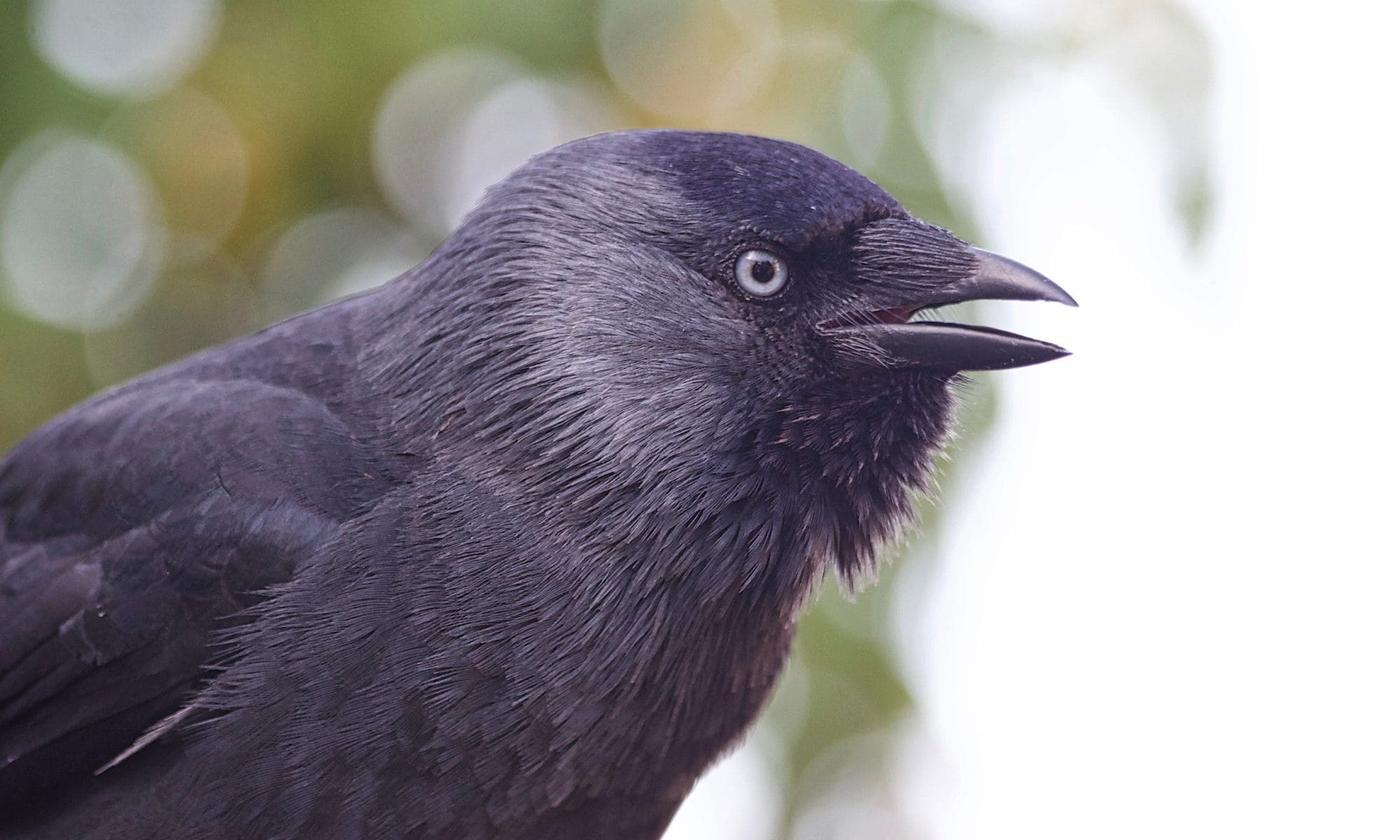Not every ‘baby’ bird found needs to be rescued. A large number of fledglings are scooped up by well meaning people and brought to wildlife rescues and veterinary surgeries, who do not need to be rescued at all. The difficulty is to decide, who does need help, and who doesn’t. This blog post tries to address some of the common scenarios one is likely to encounter. If in doubt, and the bird is not in immediate danger, then please stay with the bird and contact your local wildlife rescue to get expert advice. It is important to remember that the natural parents are always the best parents. Even the best wildlife rescue with the most experienced rehabbers will not be able to match the knowledge and expertise of natural bird parents.
Continue reading “First Aid For Birds – Who To Help And Who To Leave Alone”







